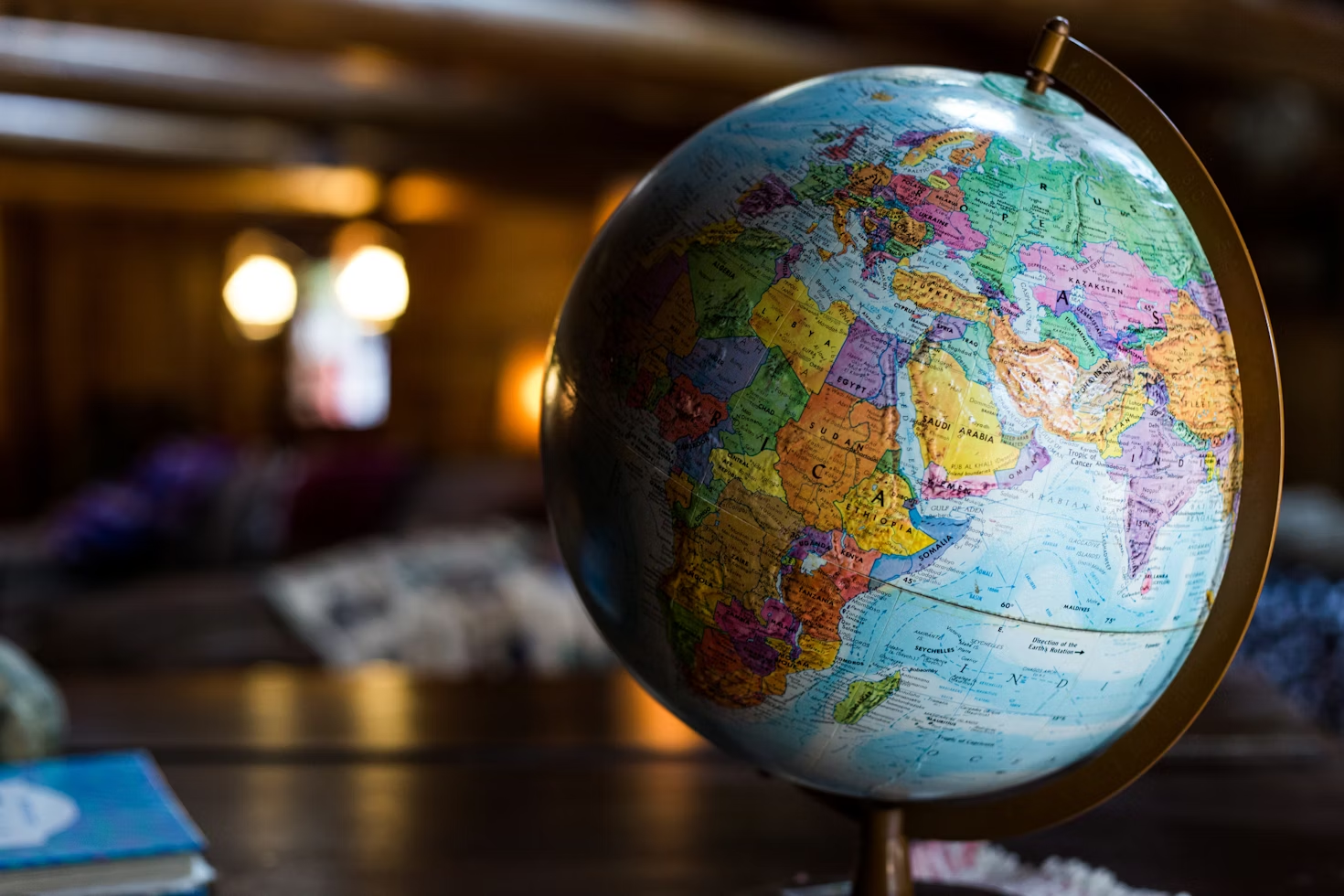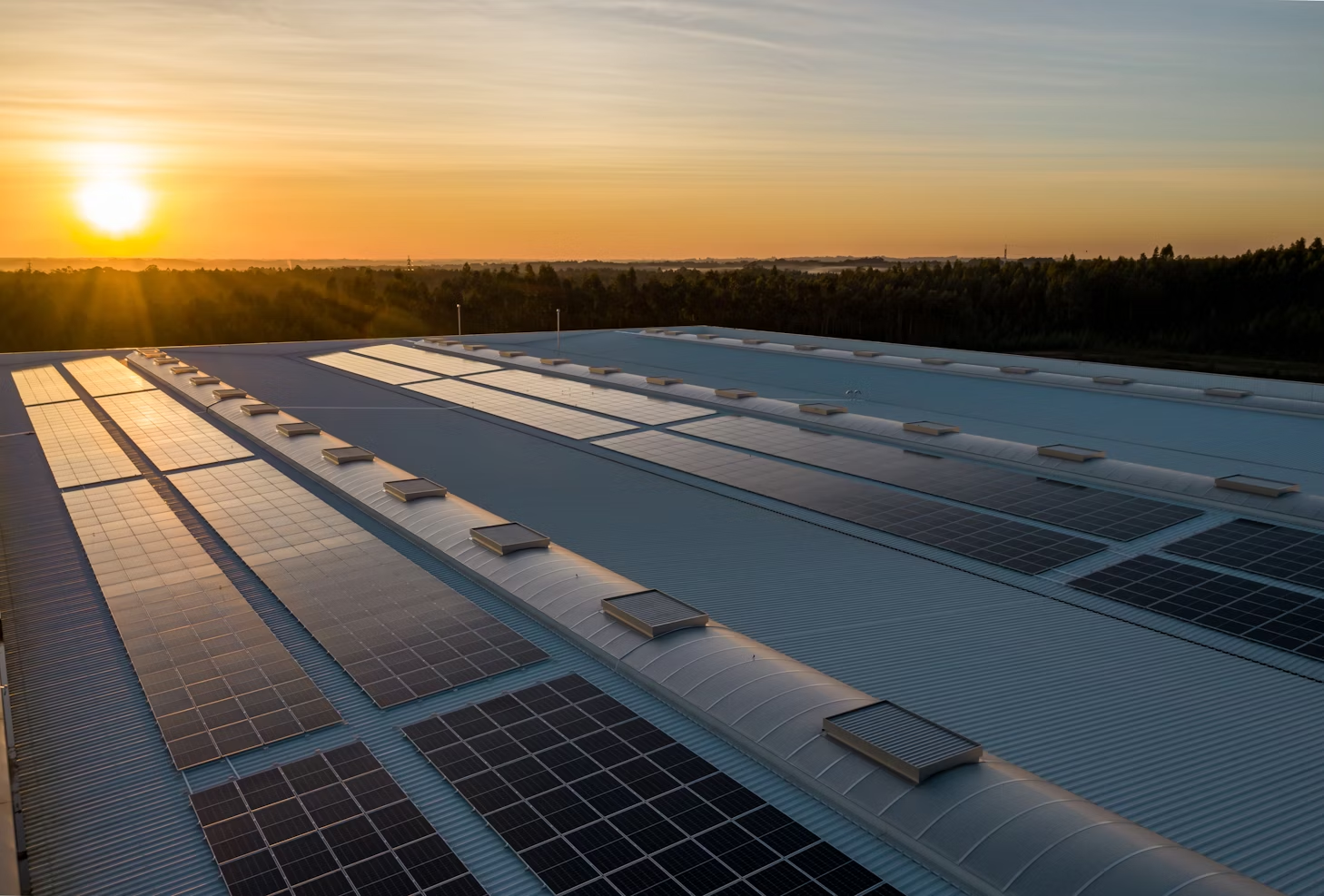Exporting countries outside the EU most affected by the MACF

These changes have had a significant impact not only on production costs but also on overall business strategies. For example, countries such as India and China, which are major exporters of steel and aluminum products to Europe, have seen their industries face significantly increased compliance costs, calling into question their competitiveness in the European market. The need to adapt to these new regulatory requirements has led to a reassessment of global supply chains and business practices, underlining the growing importance of sustainability in international trade.
Country selection criteria
To determine which countries are most affected by the MACF, the main criteria include dependence on exports to The European Union and industrial concentration in carbon-intensive sectors such as steel, aluminum and chemical products. These factors are essential as they determine not only the level of economic exposure to the MACF but also the potential impact on production costs and the overall competitiveness of the countries concerned.
India
· Exports to the EU: In 2023, India exported around 15 billion euros worth of steel and aluminum products, key industries affected by the MACF. These products represent a significant portion of India's total exports, underlining its economic exposure to the European market (Source: International Trade Centre).
· Impact on the local economy: The compliance costs associated with the MACF are particularly high for India, directly impacting its competitiveness on the European market. Affected industries face additional costs to adapt their operations to EU carbon standards, which can have an impact on employment and economic growth in these sectors.
Turkey
Turkey is particularly exposed to the impacts of the Carbon Border Adjustment Mechanism (CBAM) due to its significant exports in sectors highly regulated by this measure. Here is a detailed analysis of the situation in Turkey:
· Key exports: Turkey is a major player in the steel and cement market, with substantial exports to the European Union. These industries are particularly targeted by the MACF because of their high carbon intensity. In 2023, Turkey exported around 4.3 billion euros in steel and 1.2 billion euros in cement to the EU (Source: European Commission's Market Access Database).
· Regulatory challenges: The new reporting and certification requirements imposed by the MACF represent a major challenge for Turkish companies. They now have to provide detailed evidence of their CO2 emissions for each exported product, which requires significant adjustments in production and documentation processes.
· Economic impact: Adapting to these requirements has resulted in additional costs for Turkish companies, affecting their competitiveness on the European market. It has also raised questions about the alignment of Turkish industrial standards with EU environmental standards, potentially leading to strategic realignments in trade relationships.
China
China, as one of the world's largest exporters of steel, aluminum and chemical products, is directly affected by the European Union's Carbon Border Adjustment Mechanism (CBAM). Here is an analysis of the impact of the MACF on China:
· Export volume: Chinese steel and aluminum make up a significant portion of European imports, accounting for up to 20% of total imports of these materials by the EU. In 2023, Chinese steel exports to the EU were estimated at around 30 billion euros and those of aluminum at around 15 billion euros (Source: Organization for Economic Co-operation and Development).
· Economic impact: The MACF has introduced additional costs for Chinese exporters, who now have to buy emission certificates to offset the emissions associated with the production of these products. This has resulted in an estimated increase in production costs of 5 to 10%, putting at risk the competitiveness of Chinese exports on the European market.
· Sectoral impacts: The Chinese steel and aluminum industries, already under pressure due to various policies to reduce production capacities and the trade war with the United States, now face new challenges to maintain their access to the European market under the MACF regime.
Russia
Russia, as a major exporter of fertilizers and metals to the EU, is feeling the effects of the Carbon Border Adjustment Mechanism (CBAM). Here are the details of its impact:
· Export volume: Russian exports of fertilizers and metals to the EU reached around 20 billion euros in 2023, representing a significant part of its foreign trade with Europe (Source: World Trade Organization).
· Economic impact: The MACF introduced compliance costs that increased the export prices of these products, directly influencing the competitiveness of Russian exports. The estimated increase in production costs due to the purchase of emission certificates is in the range of 7-12%, which has caused many Russian companies to reconsider their target markets.
· Strategic adaptations: In response, some Russian companies have begun to invest in cleaner technologies and realign their production strategies to reduce emissions, in an effort to lessen the financial impact of MACF on their operations.
Egypt
Egypt, whose economy depends heavily on exports of products such as fertilizers to the EU, is also impacted by the MACF.
· Export volume: Egyptian exports of chemical products, especially fertilizers, to the EU were estimated at around 5 billion euros in 2023, constituting a crucial part of its total exports (Source: United Nations Conference on Trade and Development).
· Economic impact: The introduction of MACF has had a significant impact on production costs, with export price increases of up to 10%, which has affected the competitiveness of Egyptian products on the European market.
· Industrial and economic impacts: This situation has impacted Egypt's industrial and economic development, forcing the country to consider measures to improve energy efficiency and reduce emissions from its exporting industries in order to maintain their competitiveness under the new European regulatory regime.
Other countries significantly affected
Several other nations are significantly feeling the impacts of the MACF, here is a detailed analysis with concrete export data:
Ukraine
· Key exports: Metals and agricultural products.
· Economic impact: Ukraine mainly exports to the EU products that could be subject to adjustments under the MACF, with metal exports valued at around 4 billion euros.
Source: International Monetary Fund
Brazil
· Key exports: Steel and agricultural products.
· Economic impact: Brazilian steel exports to the EU are valued at around 2.5 billion euros, a significant amount that highlights Brazil's vulnerability to MACF compliance costs.
Source: World Trade Organization
South Korea
· Key exports: Electronics and cars.
· Economic impact: Exports to the EU from Korea include technology-intensive sectors, which, although less directly affected, remain affected by the indirect regulations of the MACF.
Source: Organization for Economic Co-operation and Development
UK
· Key exports: Chemical and automotive products.
· Economic impact: Post-Brexit, the United Kingdom sees a significant part of its exports, especially chemical ones, affected by the MACF, with exports of chemical products to the EU estimated at 3 billion euros.
Source: European Commission's Market Access Database
U.S.
· Key exports: Technological and automotive products.
· Economic impact: The US exports around 5 billion euros in technological products to the EU, which significantly exposes the sector to the impact of the MACF.
Source: United Nations Conference on Trade and Development
Conclusion
The year 2024 has highlighted the considerable challenges that the Carbon Border Adjustment Mechanism (CBAM) imposes on major exporting countries. Key industries such as steel, cement and aluminium production, already identified for their high carbon intensity, are particularly vulnerable under the weight of new European regulatory requirements. This has led to a revaluation of production costs and export prices, highlighting the economic difficulties for countries heavily dependent on these sectors.
The economic consequences for the most affected countries are significant, with significant impacts on their gross domestic product (GDP) and on industrial development. This highlights a transition period where adaptation and innovation will be crucial to maintaining competitiveness in international markets.
In this perspective, it is imperative for European importers to analyze and adjust their supplier base. The assessment should focus not only on the economic importance of suppliers but also on their ability to comply with the requirements of the MACF. This process involves a review of sourcing practices, potentially by diversifying procurement sources to reduce the risks of non-compliance and minimize the costs associated with MACF.







